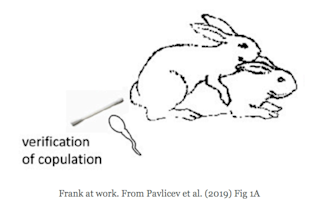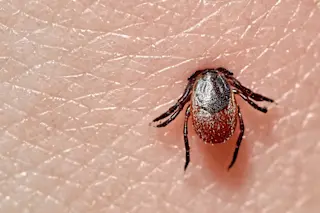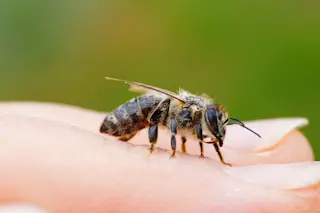A very weak paper in PNAS has attracted some attention lately: An experimental test of the ovulatory homolog model of female orgasm
The paper aims to be a test of the hypothesis that the human female orgasm is a kind of evolutionary relic from an earlier stage in evolution.
In humans, ovulation happens on a monthly cycle and is not related to sexual activity. However, in some mammal species, such as rabbits, ovulation is triggered by sex (or copulation, as biologists say). In the new paper, authors Mihaela Pavlicev et al. argue that humans evolved from animals with copulation-induced ovulation (CIO), which later became the female orgasm.
The female orgasm being notoriously mysterious, you can see why this idea has made headlines, but unfortunately the evidence in the paper is extremely thin.
To test their hypothesis, Pavlicev et al. gave female rabbits the SSRI antidepressant fluoxetine (Prozac) for 2 weeks ...














